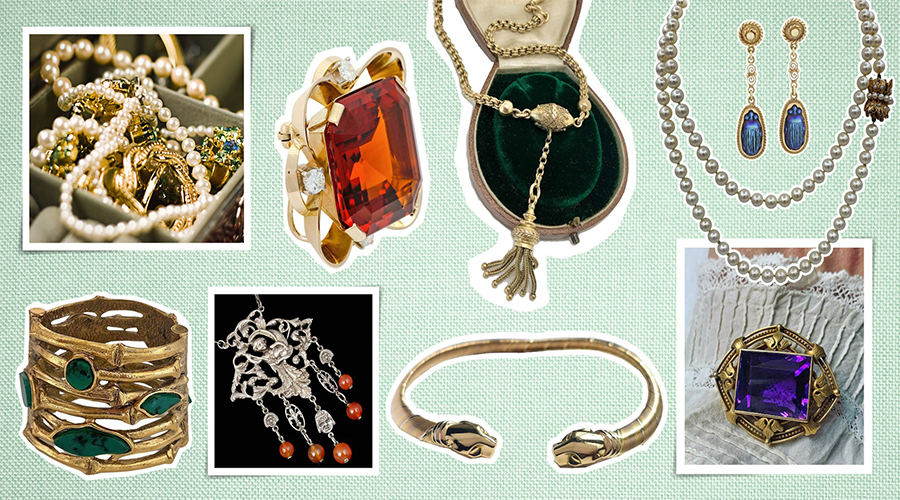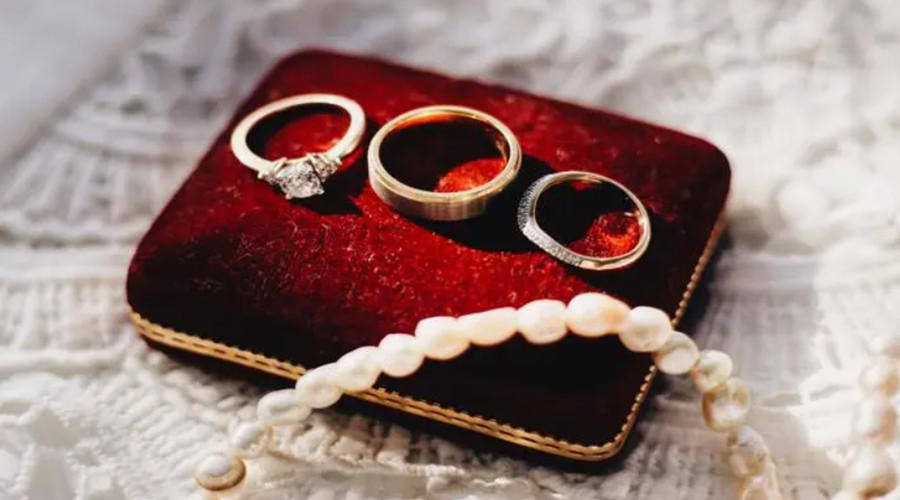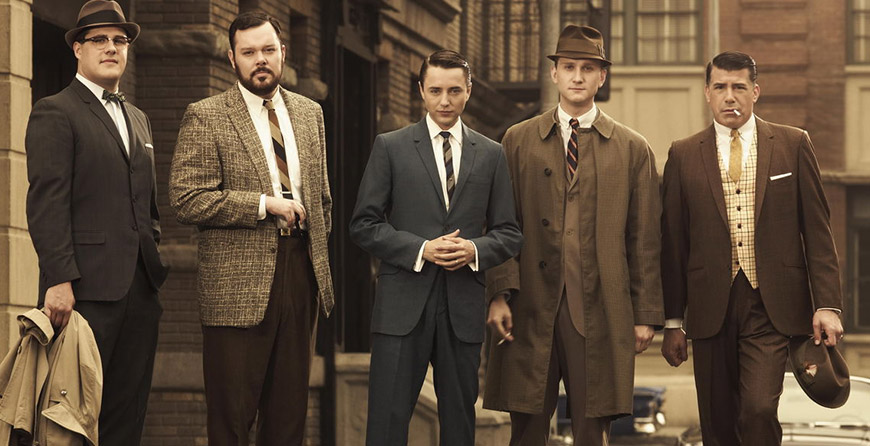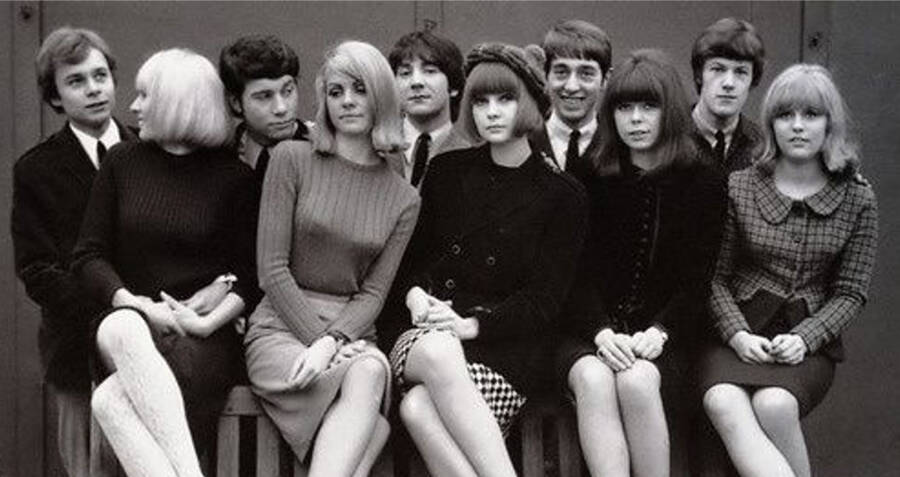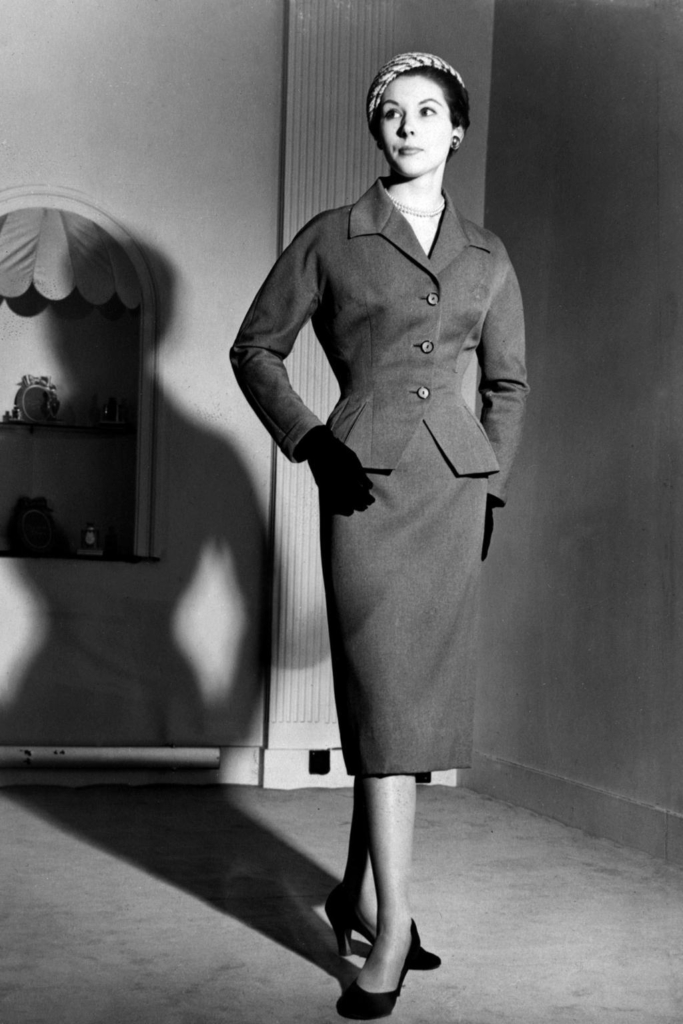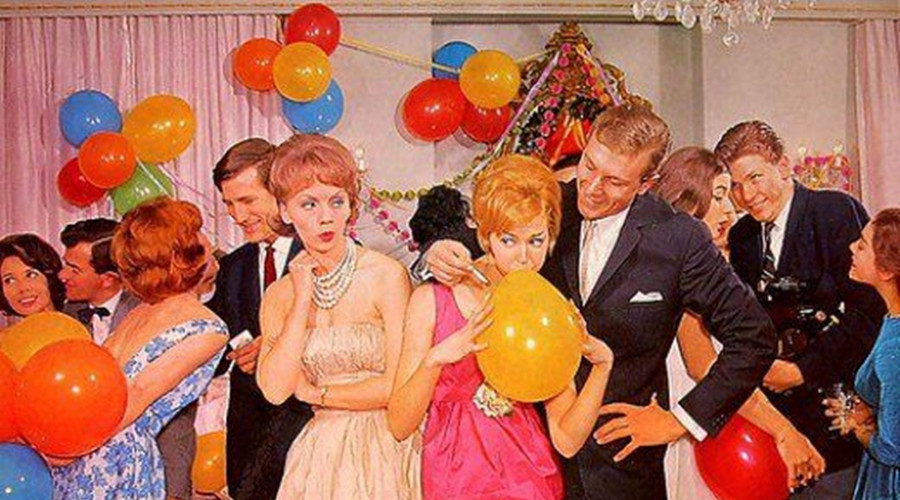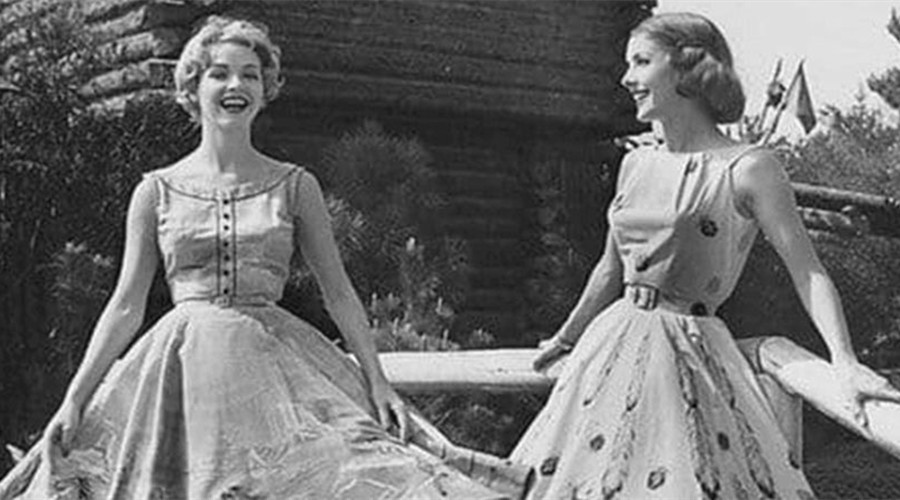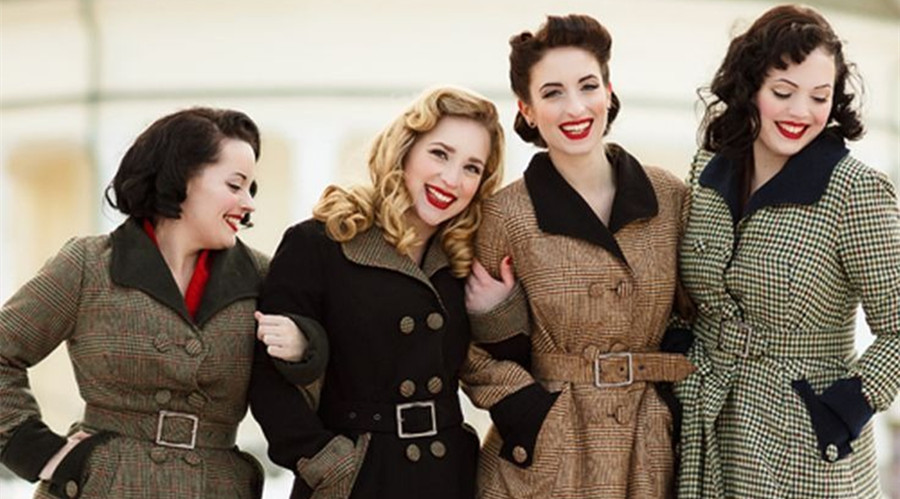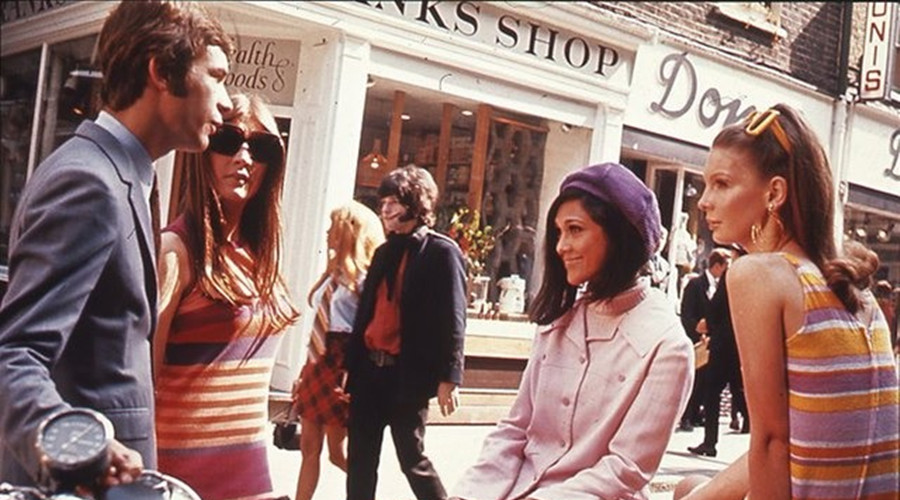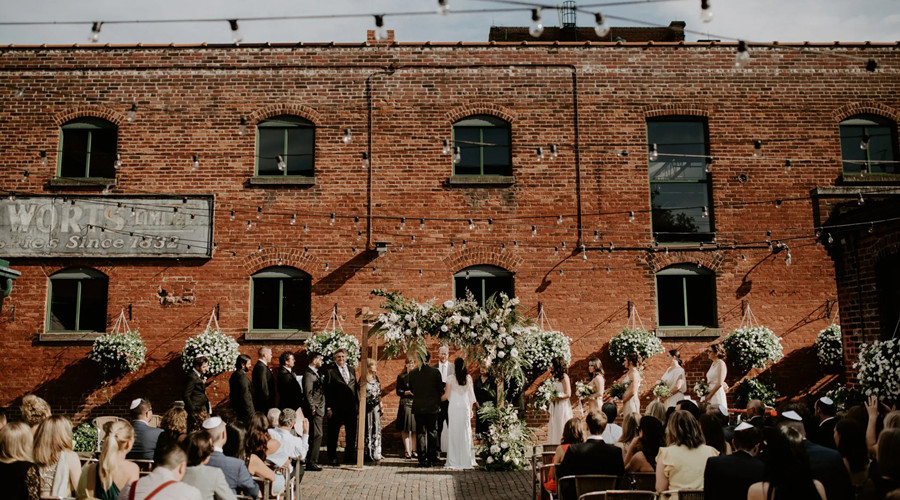1940s Women’s Footwear: Oxfords, Wedge and Slingback Shoes, Pumps & Sandals
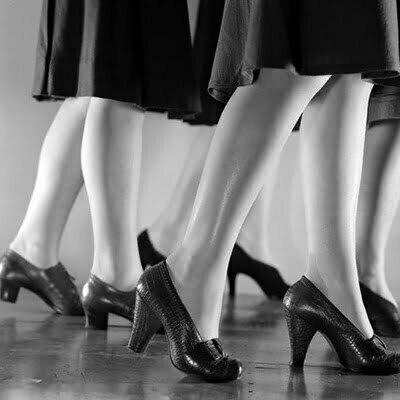
Leather was among the most rationed items in WWII in both America and Europe. Lots of boots were needed for soldiers, which left civilians to look for other materials for shoes. This gave rise to lots of variety in improvised shoes done in cork soles, fabric uppers, rubber, and other material. The most common shoes for women were pumps, oxfords, and sandals. The wedge shoe emerged from this improvisation and became a big hit in the 40s. Women in the US could not buy more than 3 pairs while in Britain they were limited to 8 pairs per year.
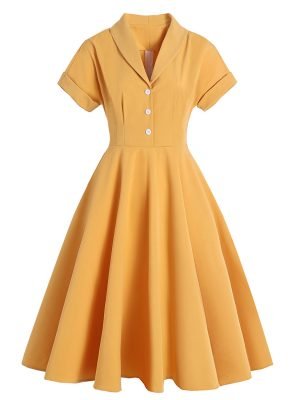
vintage-retro Yellow Dress Retro Lapel Swing Knee Length Dress
From $18.99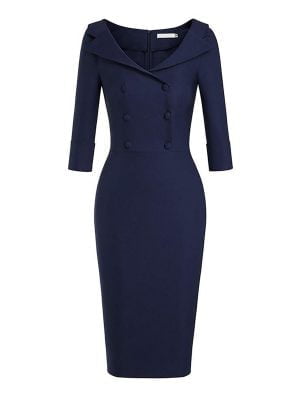
Pencil Dress Vintage Solid Color Double Breasted Wiggle Dress
$36.98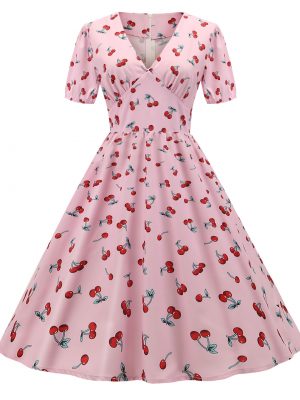
1950‘s Dresses ’Puff Sleeve Pink Cherry Print Dress
$29.99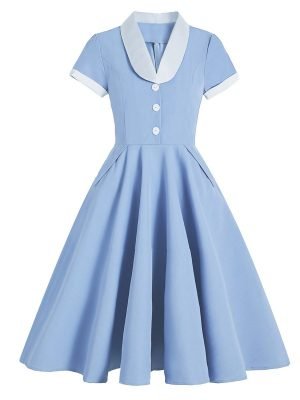
1950s Blue Dresses Short Sleeve Pockets Swing Dresses
$38.99The 40s shoe was a bit heavy with heels being 2-3 inches, blunt toed, and commonly decorated with flowers and bows. The wartime shoe was made to last. Uppers were made of fabric or exotic leather like alligator or buffalo skin. Straw and rope were also used in lighter sandals. Summer colors were white, blue, and red for patriotic themes, and green, black, or brown for more formal wear.
1940s Women’s oxfords
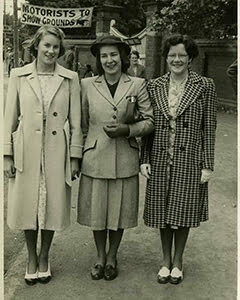 The oxford shoe was most comfortable for day wear whether working chores at home or out shopping. The uppers were usually made from snake leather or patent leather. The medium stacked leather heel with round toes was most preferred and most common. The heel was 1.5 inches to 3 inches in height. Broguing on the vamp and sides was done by perforating small holes as decoration but also to improve the breathability of the shoe. The early 40s oxford had a high vamp.
The oxford shoe was most comfortable for day wear whether working chores at home or out shopping. The uppers were usually made from snake leather or patent leather. The medium stacked leather heel with round toes was most preferred and most common. The heel was 1.5 inches to 3 inches in height. Broguing on the vamp and sides was done by perforating small holes as decoration but also to improve the breathability of the shoe. The early 40s oxford had a high vamp.
1940s Wedge shoes
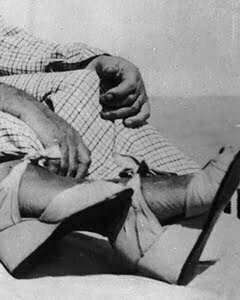 This design was a big hit in the 40s women’s fashion. It was also known as the wedgie. The sole was thick and raised which added to leg length and also added sway to the hips. Some designs had fabric covering the wooden heel while some were strapped. There were wedge shoes made in patent black leather or suede for formal wear. The heel was of reasonable height to make it comfortable for walking.
This design was a big hit in the 40s women’s fashion. It was also known as the wedgie. The sole was thick and raised which added to leg length and also added sway to the hips. Some designs had fabric covering the wooden heel while some were strapped. There were wedge shoes made in patent black leather or suede for formal wear. The heel was of reasonable height to make it comfortable for walking.
There was also the platform shoe that came in the latter half of the decade. They had 0.25-0.5-inch heel height for wearing at the beach. The platform’s shoe gradually became taller. French women particularly liked theirs with extra tall heels.
1940s Slingback shoe
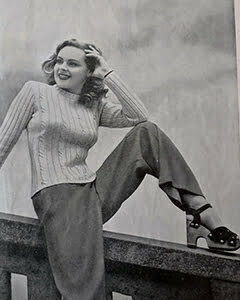 This shoe had a strap that attached to the back of the heel and a rounded front. Some designs had a peep toe opening. The heel was 0.25 inches for day shoes but could be taller for wearing with evening attire. The slingback shoe was simple and elegant, without detailing or decorations. This shoe was good at showing off well-maintained women heels. They were especially popular with showbiz girls. The heels were chunky, and straps thick compared to later designs in later years.
This shoe had a strap that attached to the back of the heel and a rounded front. Some designs had a peep toe opening. The heel was 0.25 inches for day shoes but could be taller for wearing with evening attire. The slingback shoe was simple and elegant, without detailing or decorations. This shoe was good at showing off well-maintained women heels. They were especially popular with showbiz girls. The heels were chunky, and straps thick compared to later designs in later years.
1940s Peep toes
Shoes that exposed the toes were first seen in the 1940s fashion. The ‘peep’ came from the fact that the whole toe was not visible but could be seen through the small hole at the toe, just like a peephole. The small peeping toe was considered ‘sexy’ enough at that time.
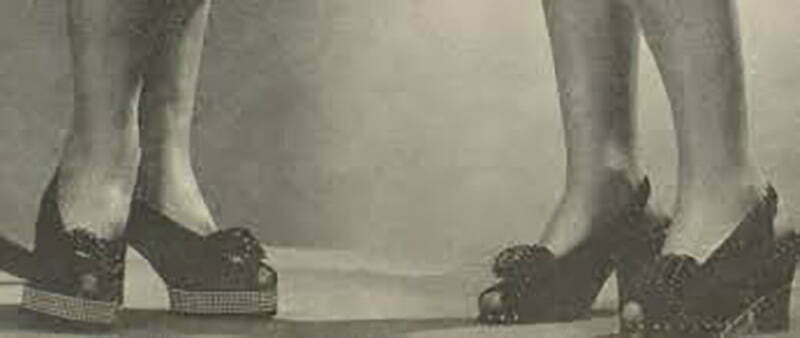
1940s Pumps
The 40s pumps had stacked heels, blunt fronts, and high sides. Some were decorated with bows, perforations, and cut-outs. Brown and white combinations were the most popular. The New Look by Dior in the late 40s came with a shoe that had a tall heel, low vamp, a round toe, and a small platform sole. This remained the most popular pump design in the 50s and beyond.
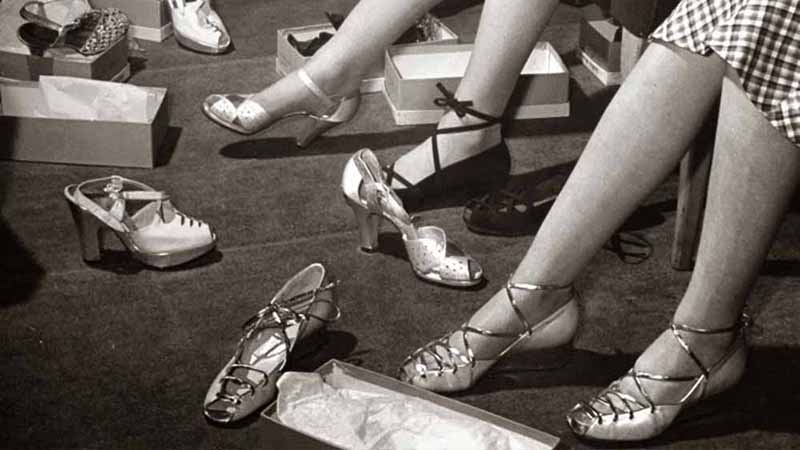
1940s Sandals
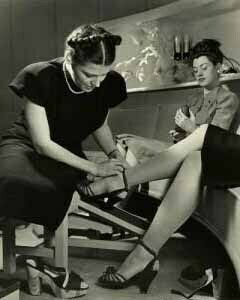 Sandals were exclusively worn in the summer. They had thick wide decorated straps. The toe opening was larger, and the vamp had large cutouts making the sandal airy for hot weather. Woven fabric or straw sandals in bright colors were worn for going to the beach.
Sandals were exclusively worn in the summer. They had thick wide decorated straps. The toe opening was larger, and the vamp had large cutouts making the sandal airy for hot weather. Woven fabric or straw sandals in bright colors were worn for going to the beach.
The common identifiers of the 40s shoe were chunky soles and lots of material used in making the uppers. Some of the designs from that era have endured up to today.

